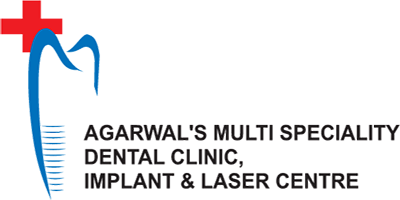What You Should Expect During a Dental Teeth Cleaning

Introduction of Teeth Cleaning:
Regular dental check-ups and teeth cleanings are essential for maintaining optimal oral health. While many people are familiar with the concept of dental cleanings, knowing what to expect during a dental teeth cleaning can help alleviate any anxiety or uncertainty about the process. In this blog, we will walk you through what typically happens during a dental cleaning to help you feel more comfortable and informed.
Step 1: A Warm Welcome and Oral Examination
Your visit to the dentist typically begins with a warm welcome from the dental staff. The dental hygienist, and later the dentist, will perform a brief oral examination to assess your overall oral health. They will look for any signs of cavities, gum disease, or other dental issues.
Step 2: Removal of Plaque and Tartar
Once the examination is complete, the dental hygienist will start the cleaning process by using special dental instruments to remove plaque and tartar buildup from your teeth. Plaque is a sticky film of bacteria that accumulates on teeth, while tartar is hardened plaque that cannot be removed with regular brushing and flossing. The dental hygienist will pay close attention to areas that are difficult to clean at home, such as the gumline and between teeth.
Step 3: Scaling and Polishing
After removing the plaque and tartar, the dental hygienist will perform scaling and polishing. Scaling is the process of smoothing the tooth surfaces to make it harder for plaque to accumulate in the future. Polishing is done using a gritty toothpaste and a high-powered brush to give your teeth a clean, smooth finish. This step not only leaves your teeth looking shiny but also reduces the risk of future plaque buildup.
Step 4: Flossing and Fluoride Treatment
Next, the hygienist will carefully floss your teeth to ensure that all surfaces are free of debris. Flossing is essential for reaching the areas between teeth and below the gumline where a toothbrush cannot access. After flossing, a fluoride treatment may be applied. Fluoride helps strengthen your tooth enamel, making it more resistant to decay.
Step 5: Oral Care Education
Your dental hygienist or dentist may offer guidance on proper oral hygiene practices. They can provide tips on effective brushing and flossing techniques, suggest the best products for your oral health, and discuss any lifestyle habits that might be impacting your dental health, such as smoking or dietary choices.
Step 6: Evaluation and Future Recommendations
Following the cleaning, the dentist may review your X-rays and the hygienist’s notes from the examination. They will discuss any concerns or potential issues they’ve identified and recommend further treatments, if necessary. You’ll also schedule your next dental check-up.
Conclusion
Regular dental teeth cleanings are a fundamental part of maintaining a healthy smile. By knowing what to expect during a dental cleaning, you can approach your appointments with confidence and a clear understanding of the process. Keep in mind that preventive care and regular cleanings can help you avoid more complex and costly dental procedures down the road, ensuring your smile remains bright and healthy for years to come. Don’t hesitate to reach out to your dentist with any questions or concerns regarding your dental health.
